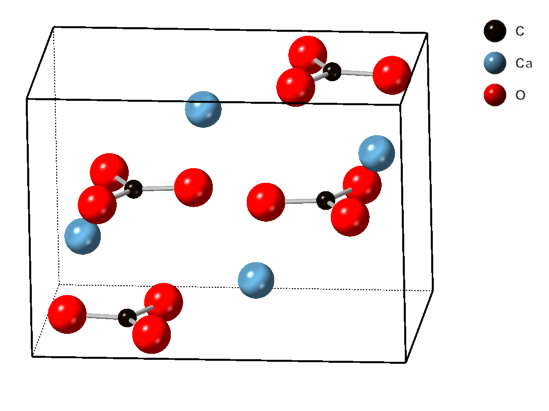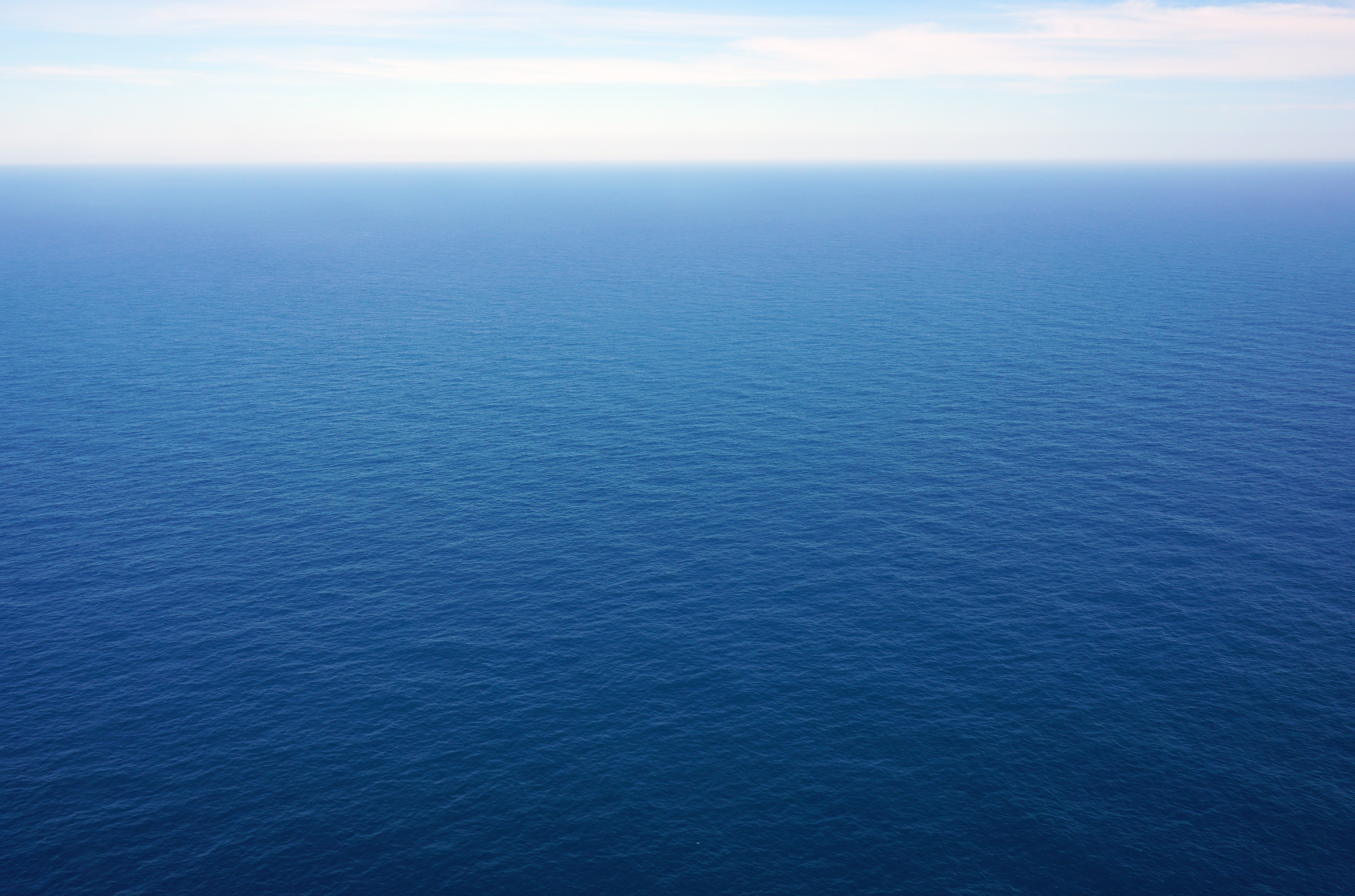|
Test (zoology)
In biology, a test is the hard shell of some spherical aquatic animals and protists, notably sea urchins and microorganisms such as testate foraminiferans, radiolarians, and testate amoebae. The term is also applied to the covering of scale insects. The related Latin term testa is used for the outer layer of the hard seed coat of plant seeds. Etymology The anatomical term "test" derives from the Latin word '' testa'', which refers to an earthenware object, for example, a piece of pottery, a tile, or a potshard, and by extension, the shell of a mollusc or a skull. Structure The test is a skeletal structure, made of hard material such as calcium carbonate, silica, chitin or composite materials. As such, it allows the protection of the internal organs and the attachment of soft flesh. The structure is notable for its ambulacra, alternating in wide and narrow patterns. Small serrations, bumps, ridges or thorns are frequently found along the outer cortex. Magnesium calcit ... [...More Info...] [...Related Items...] OR: [Wikipedia] [Google] [Baidu] |
Ambulacral
Ambulacral is a term typically used in the context of anatomical parts of the phylum Echinodermata or class Asteroidea and Edrioasteroidea. Echinoderms can have ambulacral parts that include ossicles, plates, spines, and suckers. For example, sea stars or "star fish" have an ambulacral groove on their oral side (underside). This ambulacral groove extends from the mouth to the end of each ray or arm. Each groove of each arm in turn has four rows of hollow tube feet that can be extended or withdrawn. Opposite the ambulacral groove is an ambulacral ridge on the aboral side of each ray, known as an ambulacrum. These have interambulacra between them. Etymology From the Latin 'ambulācrum', meaning 'walk planted with trees', 'avenue', 'alley' and 'walking Walking (also known as ambulation) is one of the main gaits of terrestrial locomotion among legged animals. Walking is typically slower than running and other gaits. Walking is defined as an " inverted pendulum" gait in which th ... [...More Info...] [...Related Items...] OR: [Wikipedia] [Google] [Baidu] |
Miliolida
The Miliolida are an order of foraminifera with calcareous, porcelacous tests that are imperforate and commonly have a pseudochitinous lining. Tests are composed of randomly oriented calcite needles that have a high proportion of magnesium along with organic material. Tests lack pores and generally have multiple chambers. Miliolids, which range from the Carboniferous to recent, are benthic Foraminifera abundant in shallow waters such as in estuaries An estuary is a partially enclosed coastal body of brackish water with one or more rivers or streams flowing into it, and with a free connection to the open sea. Estuaries form a transition zone between river environments and maritime environm ... and along coastlines, though they also include deepwater oceanic forms. References * External links * Tubothalamea Foraminifera orders Carboniferous first appearances {{foram-stub ... [...More Info...] [...Related Items...] OR: [Wikipedia] [Google] [Baidu] |
Aragonite
Aragonite is a carbonate mineral and one of the three most common naturally occurring crystal forms of calcium carbonate (), the others being calcite and vaterite. It is formed by biological and physical processes, including precipitation from marine and freshwater environments. The crystal lattice of aragonite differs from that of calcite, resulting in a different crystal shape, an orthorhombic crystal system with acicular crystal. Repeated twinning results in pseudo-hexagonal forms. Aragonite may be columnar or fibrous, occasionally in branching helictitic forms called ''flos-ferri'' ("flowers of iron") from their association with the ores at the Carinthian iron mines. Occurrence The type location for aragonite is Molina de Aragón in the Province of Guadalajara in Castilla-La Mancha, Spain, for which it was named in 1797. Aragonite is found in this locality as cyclic twins inside gypsum and marls of the Keuper facies of the Triassic. This type of aragoni ... [...More Info...] [...Related Items...] OR: [Wikipedia] [Google] [Baidu] |
Silicoloculinida
''Miliamellus'' is a genus of Cenozoic benthic foraminifera with tests made of imperforate opaline silica. It is the only genus in the order Silicoloculinida and the family Silicoloculinidae. It is sometimes referred to by the junior synonym ''Silicoloculina''. The family Silicoloculinidae, named by Resig, ''et al.'', 1980, is characterized by tests that resemble those of the imperforate calcareous Miliolidae, or the finely agglutinated Rzehakinidae in which chambers are about half a coil in length and arranged in various planes. Resig et al. named the genus ''Silicoloculina'' for specimens recovered from below the carbonate compensation depth in the Scotia Sea and the Peru-Chile Trench. Loeblich and Tappan synonymised this genus with ''Miliamellus'' in 1987. ''Miliammellus'', named by Saidova and Burmistrova, 1978, has a small ovoid test, up to 0.5 mm long with chambers arranged as in the miliolid '' Quinqueloculina''. Chambers are slightly more than half a coil in l ... [...More Info...] [...Related Items...] OR: [Wikipedia] [Google] [Baidu] |
Textulariida
The Textulariida are an order of foraminifera that produce agglutinated shells or tests. An agglutinated test is one made of foreign particles glued together with an organic or calcareous cement to form an external shell on the outside of the organism. Commonly, the order had been made up of all species of Foraminifera with these types of shells, but genetic studies indicate these organisms do not form an evolutionary group, and several superfamilies in the order have been moved to the order Allogromiida. The remaining forms are sometimes divided into three orders: the Trochamminida and Lituolida, which have organic cement, and the Textulariida ''sensu stricto'', which use a calcareous cement. All three orders or superfamilies are known as fossils from the Cambrian The Cambrian ( ) is the first geological period of the Paleozoic Era, and the Phanerozoic Eon. The Cambrian lasted 51.95 million years from the end of the preceding Ediacaran period 538.8 Ma (million ye ... [...More Info...] [...Related Items...] OR: [Wikipedia] [Google] [Baidu] |
Allogromiida
The Allogromiida is an order of single-chambered, mostly organic-walled foraminiferans, including some that produce agglutinated tests (Lagynacea). Genetic studies indicate that some foraminiferans with agglutinated tests, previously included in the Textulariida or as their own order Astrorhizida, may also belong here. Allogromiids produce relatively simple tests, usually with a single chamber, similar to those of other protists such as '' Gromia''. They are found as both marine and freshwater forms, and are the oldest forms known from the fossil record. Genus * '' Allogromia'' References * * * Further reading * Foraminifera orders Monothalamea Extant Cambrian first appearances {{foram-stub ... [...More Info...] [...Related Items...] OR: [Wikipedia] [Google] [Baidu] |
Reticulomyxa
''Reticulomyxa'' is a monospecific genus of freshwater foraminiferans. The type species is the unicellular ''Reticulomyxa filosa''. It is found in freshwater environments as well as moist environments, like decomposing matter and damp soils. The heterotrophic naked foraminiferan can feed on microbes as well has larger organisms and is able to be sustained in culture by supplemented nutrients such as wheat germ and oats. The large, multinucleate foraminferan is characteristic for its lack of test and named for the network of connecting pseudopodia surrounding its central body mass. The organism has unique bidirectional cytoplasmic streaming throughout the anastomosing pseudopodia that is some of the fastest reported organelle transport observed. ''Reticulomyxa'' was first described in 1949 and is commonly used as a model organism for the unique transport of organelles throughout the cytoplasm of pseudopodia by cytoskeletal mechanisms. Only asexual reproduction of this genus has be ... [...More Info...] [...Related Items...] OR: [Wikipedia] [Google] [Baidu] |
Foraminifera
Foraminifera ( ; Latin for "hole bearers"; informally called "forams") are unicellular organism, single-celled organisms, members of a phylum or class (biology), class of Rhizarian protists characterized by streaming granular Ectoplasm (cell biology), ectoplasm for catching food and other uses; and commonly an external shell (called a "Test (biology), test") of diverse forms and materials. Tests of chitin (found in some simple genera, and ''Textularia'' in particular) are believed to be the most primitive type. Most foraminifera are marine, the majority of which live on or within the seafloor sediment (i.e., are benthos, benthic, with different sized species playing a role within the macrobenthos, meiobenthos, and Benthos, microbenthos), while a smaller number float in the water column at various depths (i.e., are planktonic), which belong to the suborder Globigerinina. Fewer are known from freshwater or brackish conditions, and some very few (nonaquatic) soil species have been id ... [...More Info...] [...Related Items...] OR: [Wikipedia] [Google] [Baidu] |
Endoskeleton
An endoskeleton (From Ancient Greek ἔνδον, éndon = "within", "inner" + σκελετός, skeletos = "skeleton") is a structural frame (skeleton) — usually composed of mineralized tissue — on the inside of an animal, overlaid by soft tissues. Endoskeletons serve as structural support against gravity and mechanical loads, and provide anchoring attachment sites for skeletal muscles to transmit force and allow movements and locomotion. Vertebrates and the closely related cephalochordates are the predominant animal clade with endoskeletons (made of mostly bone and sometimes cartilage, as well as notochordal glycoprotein and collagen fibers), although invertebrates such as sponges also have evolved a form of "rebar" endoskeletons made of diffuse meshworks of calcite/silica structural elements called spicules, and echinoderms have a dermal calcite endoskeleton known as ossicles. Some coleoid cephalopods (squids and cuttlefish) have an internalized vestigial aragon ... [...More Info...] [...Related Items...] OR: [Wikipedia] [Google] [Baidu] |
Sea Urchin Shell Detail
A sea is a large body of salt water. There are particular seas and the sea. The sea commonly refers to the ocean, the interconnected body of seawaters that spans most of Earth. List of seas on Earth, Particular seas are either List of seas on Earth#Marginal seas by ocean, marginal seas, second-order sections of the oceanic sea (e.g. the Mediterranean Sea), or certain large, nearly landlocked bodies of water. The salinity of water bodies varies widely, being lower near the surface and the mouths of large rivers and higher in the depths of the ocean; however, the relative proportions of dissolved salts vary little across the oceans. The most abundant solid dissolved in seawater is sodium chloride. The water also contains salt (chemistry), salts of magnesium, calcium, potassium, and mercury (element), mercury, among other elements, some in minute concentrations. A wide marine life, variety of organisms, including bacteria, protists, algae, plants, fungus, fungi, and animals live ... [...More Info...] [...Related Items...] OR: [Wikipedia] [Google] [Baidu] |





